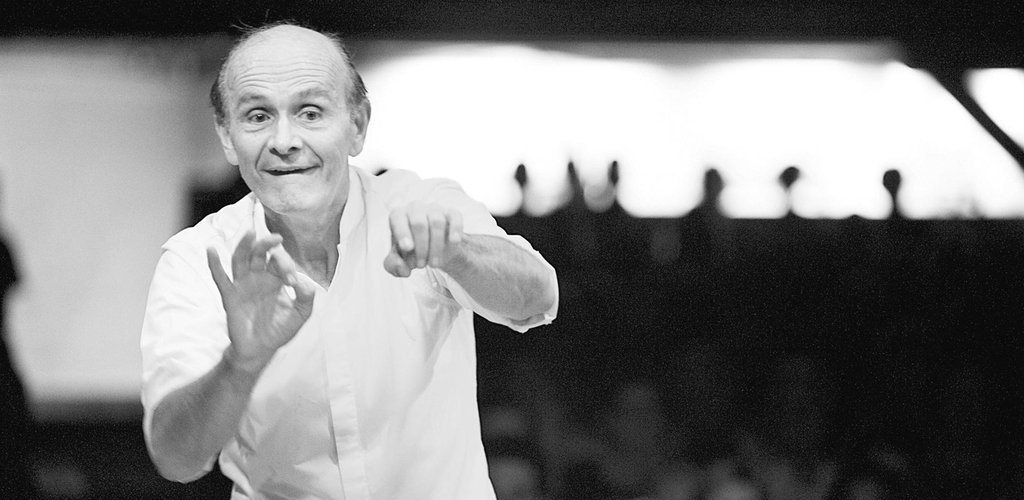Takács-Nagy and his ensemble provided the ambitious, high-quality performance we’ve come to expect from them throughout the concert, but crowning the evening was the Symphony in C minor. Undoubtedly, the atmosphere and musical gestures of this work are closely related to the Overture, and its finely crafted rendering emanated unprecedented power. Dániel Mona’s review in Muzsika of the Budapest Festival Orchestra’s Haydn–Mozart Plus concert.
Concert and record reviews seldom mention programme guides and sleeve notes – and if they do, the reviewer is inclined to focus on the deficiencies and inaccuracies, forgetting about the valuable qualities of the text. Still, a well written and a carefully edited programme guide can be a useful complement to the musical experience. As always, the Budapest Festival Orchestra doesn’t disappoint in this respect either: their publications are highly informative and offer more than traditional guides. Apart from a high-level and concise survey of the pieces, a short summary of their artistic, historical and social backgrounds puts the compositions in a wider context, while the guide also features the date of the last BFO performance of the individual works. While the latter may seem superfluous, it is, however, an exciting addition for the audience. The BFO’s last concert, for example, contained only two works out of five that the orchestra had performed before, while three pieces were given their first ever BFO performances.
At first glance, this was a traditional programme – two classical blocks embracing a romantic concerto – yet the evening offered a sophisticated and exciting assortment of interrelated compositions. Also, it was a pleasant mix of well-known and seldom played works with Mozart’s Divertimento in D major (K. 136) and Symphony No. 32 in G major (K. 318) followed by Richard Strauss’s Concerto for Horn No. 1 in E flat major before the interval, and Haydn’s overture for L’isola disabitata and his Symphony in C minor (Hob. I:52) after it. As is customary at the Haydn–Mozart Plus concert series, the ensemble was again led by Gábor Takács-Nagy. His especially persuasive style of conducting probably owes a lot to his previous career as a chamber musician: his simple yet incredibly expressive gestures penetrate the piece’s details with great precision, while shedding light upon its larger structural units as well. The main qualities of his stage presence are also the pillars of his captivating personality: his amazing dynamism and his intense devotion to music.
10 November, Franz Liszt Academy of Music
